USD hits 6-week “bottom” on world market
This week, the focus of all markets is the US Federal Reserve's (FED) decision on USD interest rates. Accordingly, the FED said it would continue not to increase USD interest rates, causing this currency to fall sharply.
The dollar fell to a six-week low on Friday. The dollar index, which measures the greenback against six major currencies, fell 1.1% to 105.03, after earlier falling to 104.93, its lowest since Sept. 20. The index is on track for its biggest one-day drop since July.
For the week, the greenback fell 1.4%, marking its worst week since July.
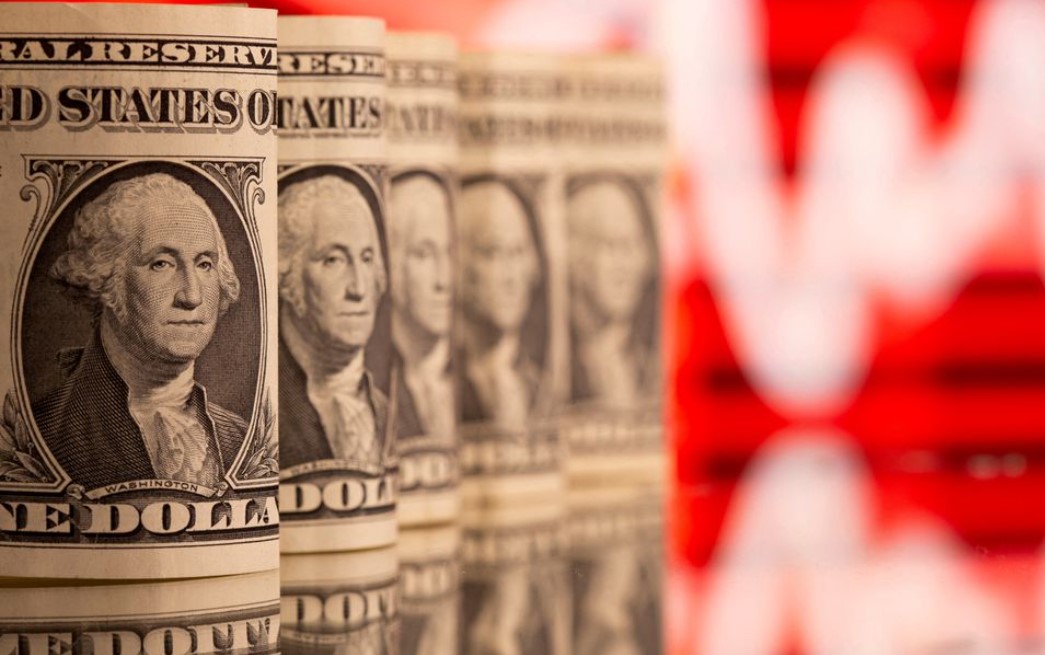
After the FED announced that it would not raise interest rates, the USD fell sharply on the world market and hit a 6-week "bottom", but the USD/VND exchange rate only decreased slightly. The USD price on the world market fell sharply... 70 times more than in the country. Illustrative photo
In addition to the Fed, the jobs situation is also not favorable for the dollar. Data showed that non-farm payrolls increased by 150,000 jobs last month. The September figure was revised down to show 297,000 jobs created instead of 336,000 as previously reported.
“In my view, the Fed rate-hike cycle is over and this reaffirms the view that the Fed should not raise rates anymore,” said Ronald Temple, chief market strategist at Lazard in New York.
For the week, the dollar fell 0.2% against the yen, its biggest weekly decline since late July.
The yen fell at the start of the week after the Bank of Japan adjusted its yield curve control policy on Tuesday, but not by as much as the market expected.
Bank of Japan Governor Kazuo Ueda will further unwind his ultra-loose monetary policy and seek to exit a decades-long easing regime next year, Reuters reported on Thursday, according to six sources familiar with the central bank's thinking.
Meanwhile, the pound rose after the Bank of England kept interest rates at a 15-year high and stressed that it did not expect to start cutting rates anytime soon.
Sterling rose 0.6% against the dollar to $1.2225, its highest in 1-1/2 weeks, after the BoE voted 6-3 to keep interest rates steady at 5.25%, ruling out an early cut. Sterling was last up 0.4% at $1.2201.
The Australian dollar, often used as a proxy for risk appetite, rose 0.54% on Thursday, while the New Zealand dollar rose 0.8%.
World USD price drops 70 times faster than domestic price
While the dollar index decreased by 1.4%, this week the USD/VND exchange rate decreased very slightly, only from 0.02% to 0.16%. Thus, the USD in the world market decreased at a rate from 4.7 times to... 70 times faster than in the domestic market.
Specifically, at the Joint Stock Commercial Bank for Foreign Trade of Vietnam (Vietcombank), the USD/VND exchange rate closed this week at: 24,320 VND/USD - 24,690 VND/USD, down 40 VND/USD, equivalent to 0.16% compared to the end of last week.
The USD/VND exchange rate at the Joint Stock Commercial Bank for Investment and Development of Vietnam (BIDV) closed the first week of November at: 24,415 VND/USD - 24,715 VND/USD, down 5 VND/USD, equivalent to 0.02%.
Orient Commercial Joint Stock Bank (OCB) still maintains its position as the bank with the highest selling price in the market at 24,857 VND/USD. The USD/VND exchange rate at OCB stops at: 24,396 VND/USD – 24,857 VND/USD, down 10 VND/USD for buying, down 11 VND/USD for selling, equivalent to 0.04%.
Vietnam Technological and Commercial Joint Stock Bank (Techcombank) listed the exchange rate at: 24,328 VND/USD - 24,684 VND/USD, down 73 VND/USD for buying (equivalent to 0.3%) and down 61 VND/USD for selling (equivalent to 0.25%).
It can be seen that the USD/VND exchange rate is not only under pressure from the shocking decline of the greenback in the world market but also has to face the continuous sharp decline in VND interest rates.
Currently, deposit interest rates have simultaneously hit a new low, much lower than 6%/year.
Source



![[Photo] Relatives of victims of the earthquake in Myanmar were moved and grateful to the rescue team of the Vietnamese Ministry of National Defense.](https://vstatic.vietnam.vn/vietnam/resource/IMAGE/2025/4/2/aa6a37e9b59543dfb0ddc7f44162a7a7)
![[Photo] Third meeting of the Organizing Subcommittee serving the 14th National Party Congress](https://vstatic.vietnam.vn/vietnam/resource/IMAGE/2025/4/2/3f342a185e714df58aad8c0fc08e4af2)



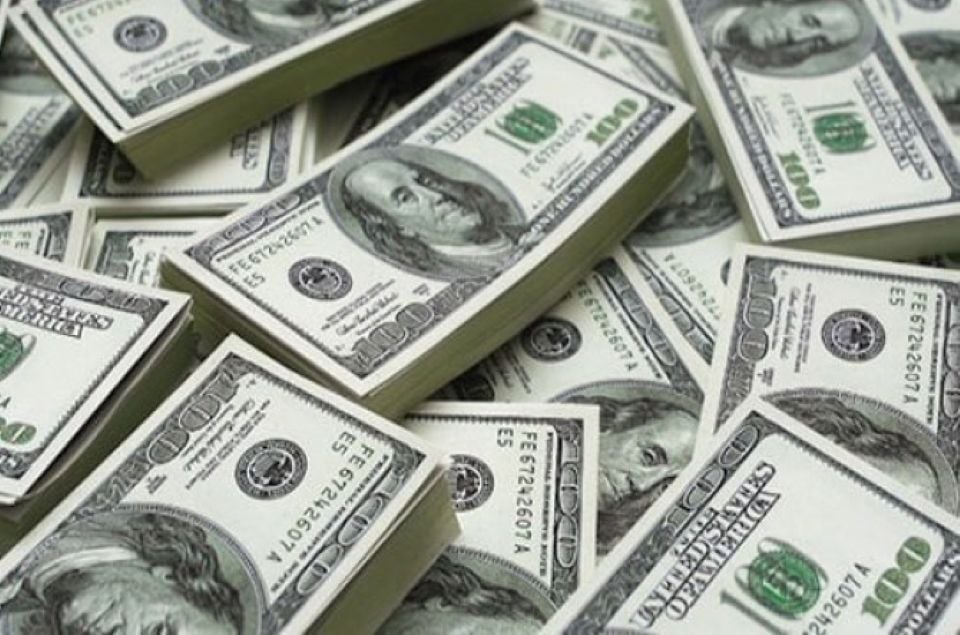

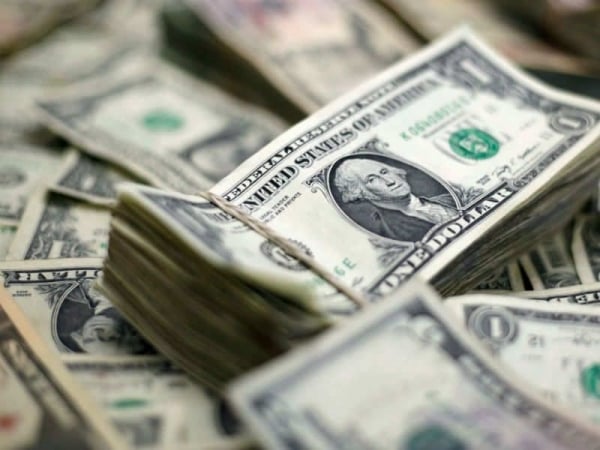

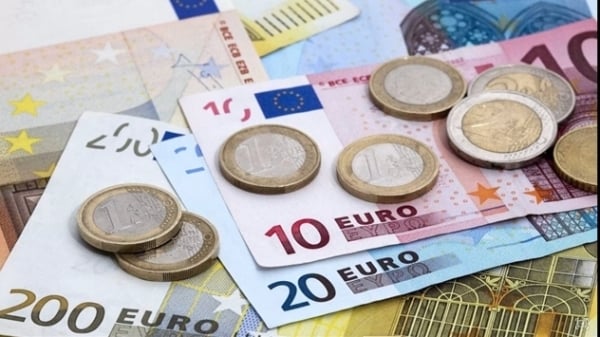
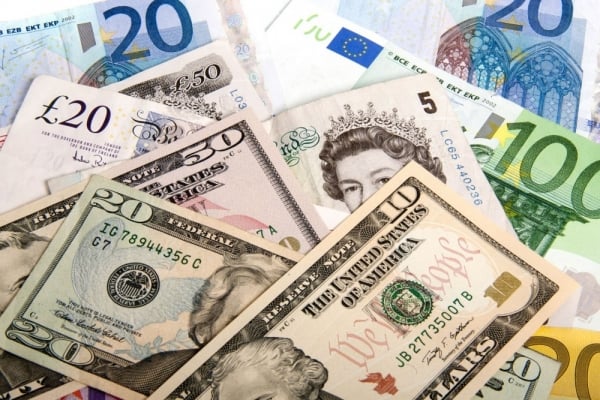
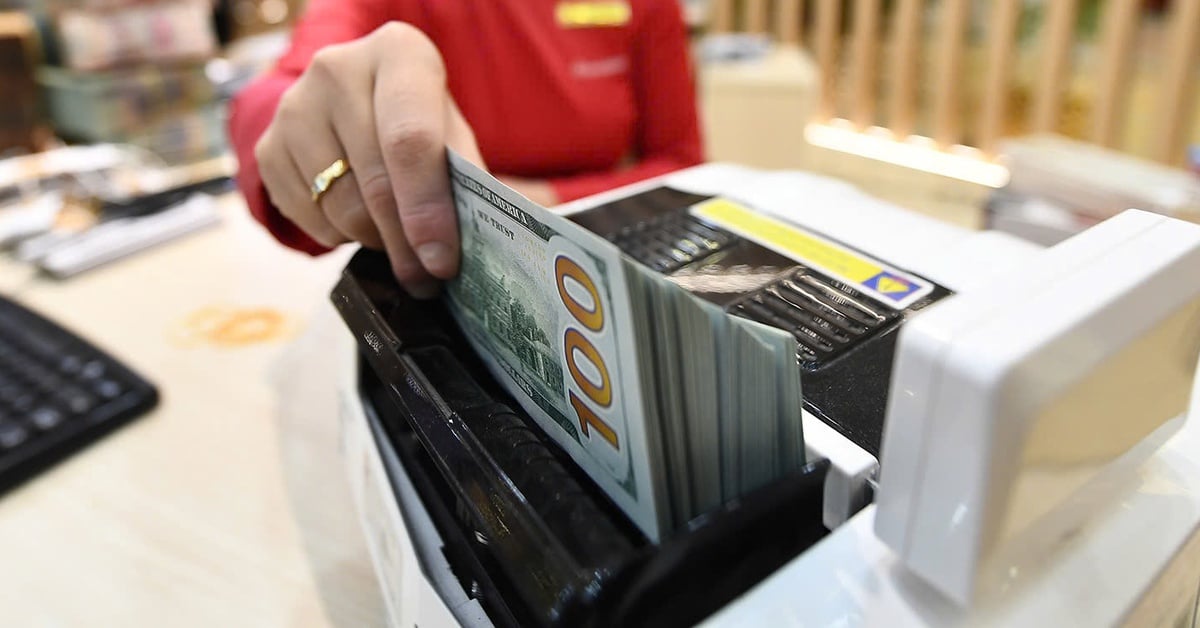

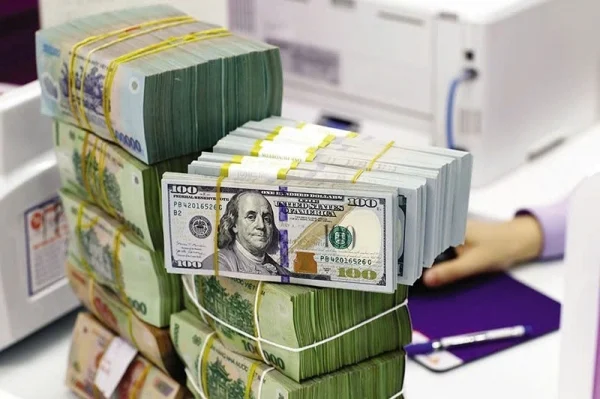



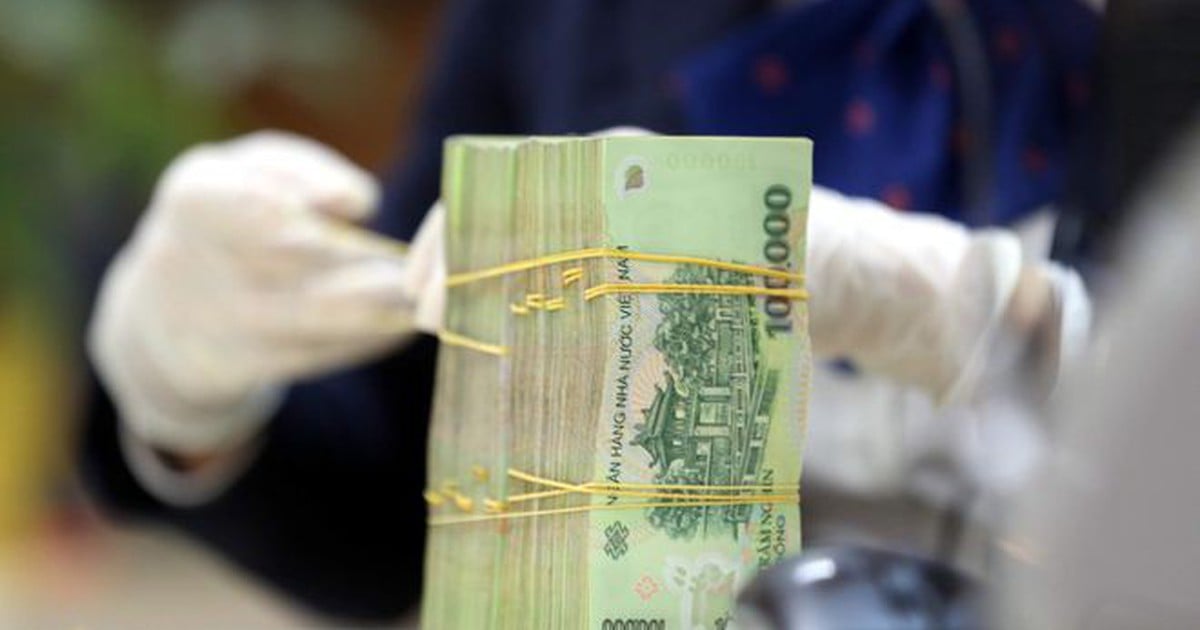

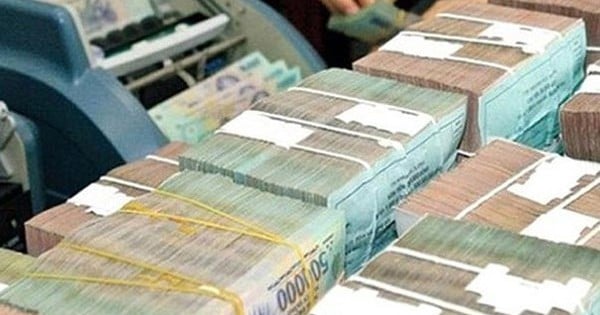







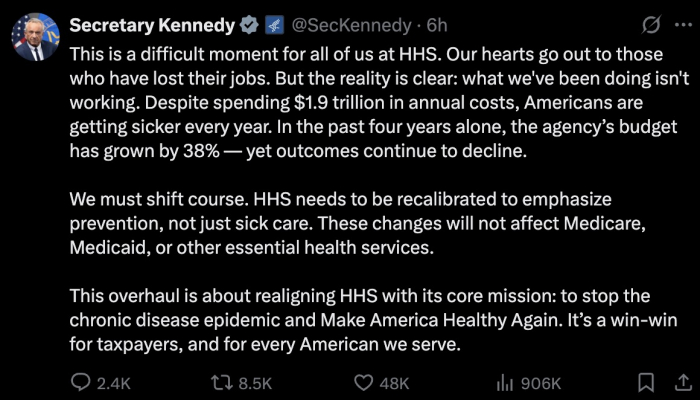

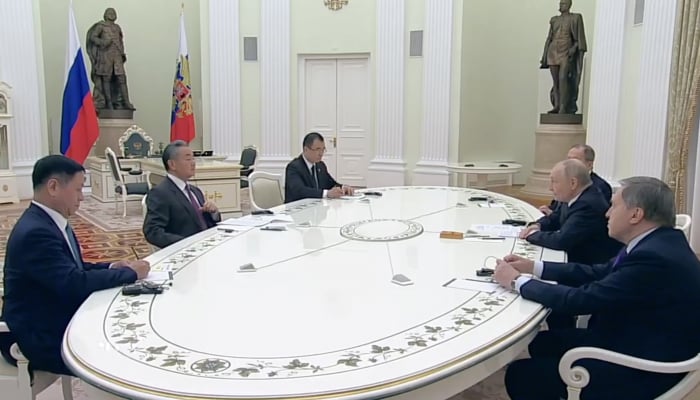
![[Photo] Close-up of Vietnam's sniffer dog team searching for earthquake victims in Myanmar](https://vstatic.vietnam.vn/vietnam/resource/IMAGE/2025/4/1/d4949a0510ba40af93a15359b5450df2)



































































Comment (0)